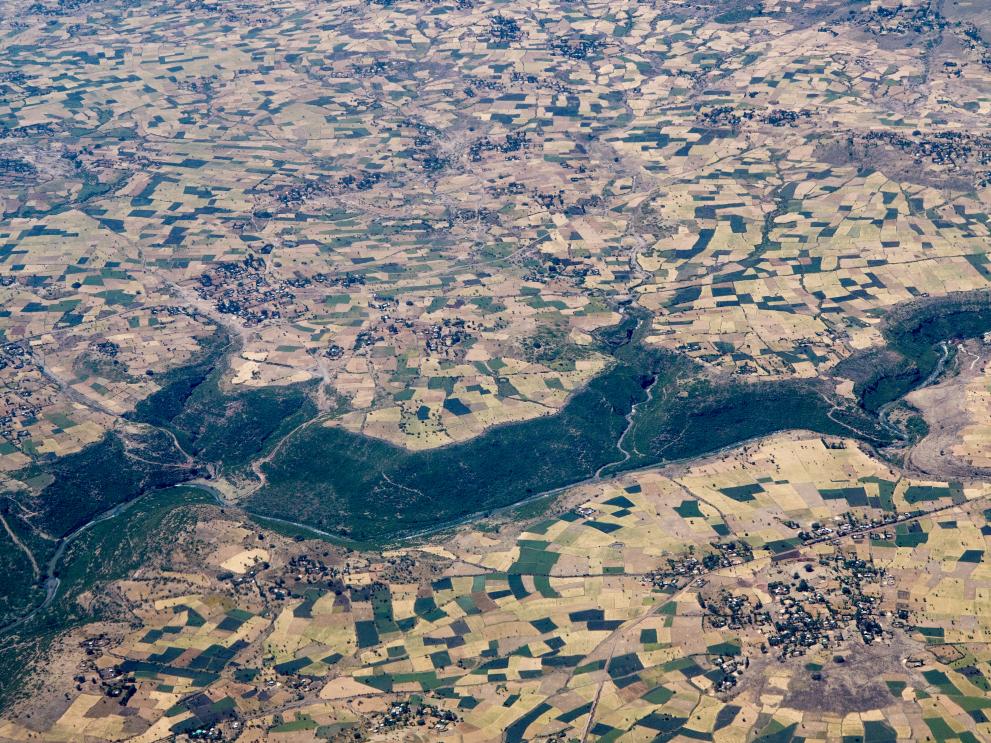
Together with stakeholders in Kenya and Ethiopia, the United Nations Development Programme, PBL Netherlands Environmental Assessment Agency, the Joint Research Centre of the European Commission and Wageningen University & Research published the results of a joint study: Future Perspectives on Land for Eastern Africa: pilot study focusing on Ethiopia and Kenya.
The objectives of the study were inspired by the need to enable policymakers to design policies that both address today’s policy challenges and weather upcoming ones by:
- Building capacities on the use of scenario analysis to inform strategic policymaking on sustainable land use and management;
- Informing policymakers and stakeholders in both countries on recent trends (past 10–15 years) and potential future changes up to 2050 in land use and their impacts on agriculture, food supply and security; and
- Identifying key challenges for both countries resulting from these trends, given current policies and policy objectives.
Zooming in on Ethiopia and Kenya

The study investigated the multiple land-use-related challenges faced by Ethiopia and Kenya, which had expressed interest in joining the study. Aspects addressed include sharing and discussing data on economic and population growth, land use and land cover changes, land degradation and drought, changes in crop and livestock productivity and production, food availability and agricultural trade.
In order to include more details for Ethiopia and Kenya, the researchers adapted scenarios on land use change and degradation based on internationally developed reference scenarios and earth observation data, including from the Copernicus Land service. They complemented these projections with analyses of current trends, and compared them with policy plans and ambitions as developed in both Ethiopia and Kenya.
Government representatives and stakeholders from both countries participated in a series of online meetings in which the data were shown and discussed. The active engagement of scientists and government officials from both Ethiopia and Kenya strengthened ownership of this pilot.
Policy implementation is key
The report summarises the key data and findings.
The data that have been put forward could play an important role in devising ways to mitigate trade-offs, or could form a basis for difficult policy choices.
The results show that many recent trends are in line with a more pessimistic forward-looking scenario, with high population growth and low growth in agricultural productivity, despite clear national policy aspirations aligned with a more optimistic scenario.
The study also revealed a gap between policy ambitions and actual trends. This means that goals are in place but policy implementation is key.
This will not be easy. Even in the optimistic scenario, some conversion of natural areas to agriculture will be necessary to meet future food demand, although such conversion is at odds with policy ambitions.
Promising avenues for further scenario development
There are several promising avenues to expand on in this pilot.
The scenarios in this exercise can be deepened or further developed in a participative and interactive manner. This can be done by widening the coverage to themes that were not or only partially addressed in the current pilot. Think here of climate change or biodiversity.
A follow-up to this project may also look at other countries cooperating within the African Initiative for Combatting Desertification (AI-CD). If there is demand from other countries and available resources this study can be extended towards other countries in East or West Africa.
Further information
The report can be downloaded from the UNDP website: Future Perspectives on Land for Eastern Africa: Pilot Study Focusing on Ethiopia and Kenya
Related Content
Future Perspectives on Land for Eastern Africa: Pilot Study Focusing on Ethiopia and Kenya
Details
- Publication date
- 8 June 2021
